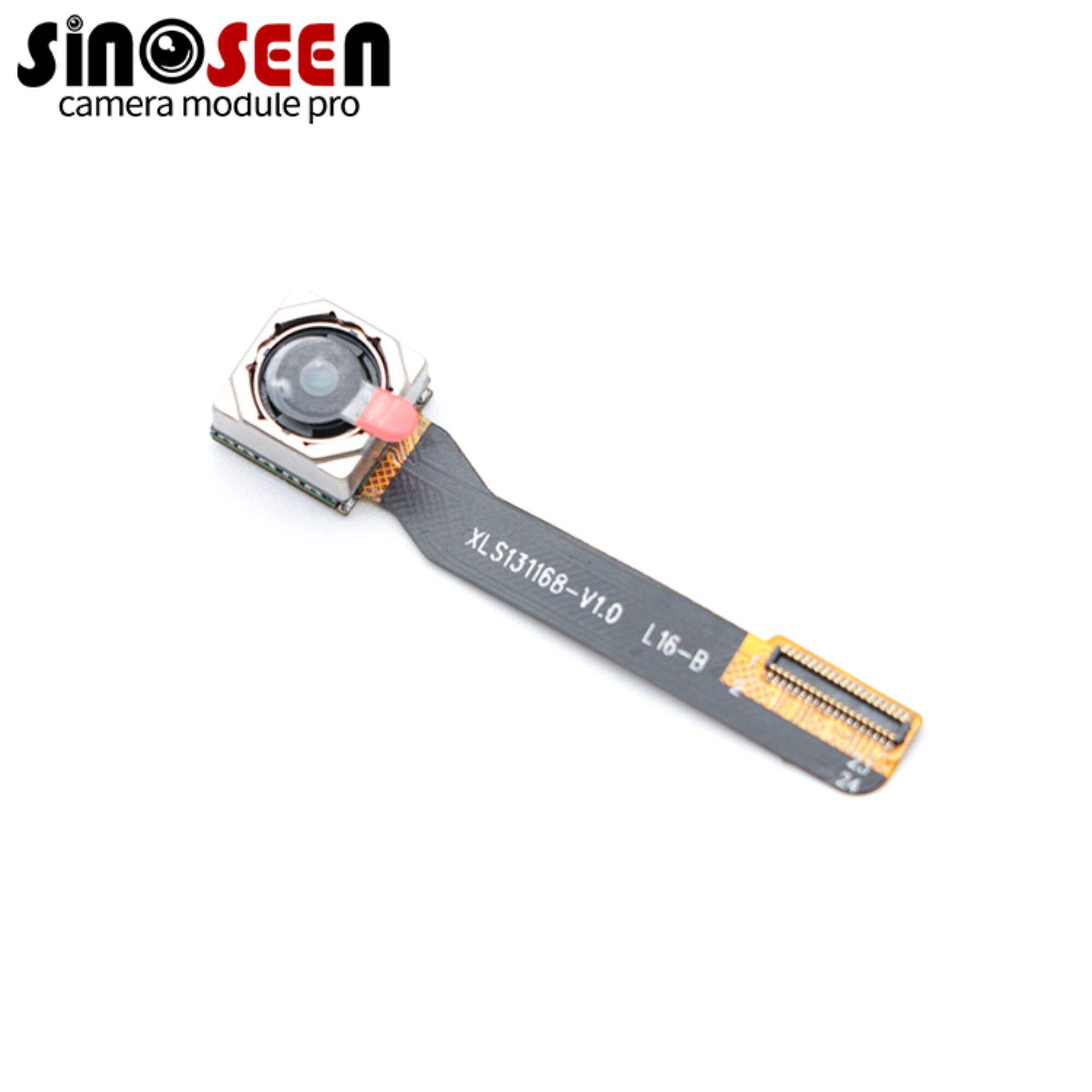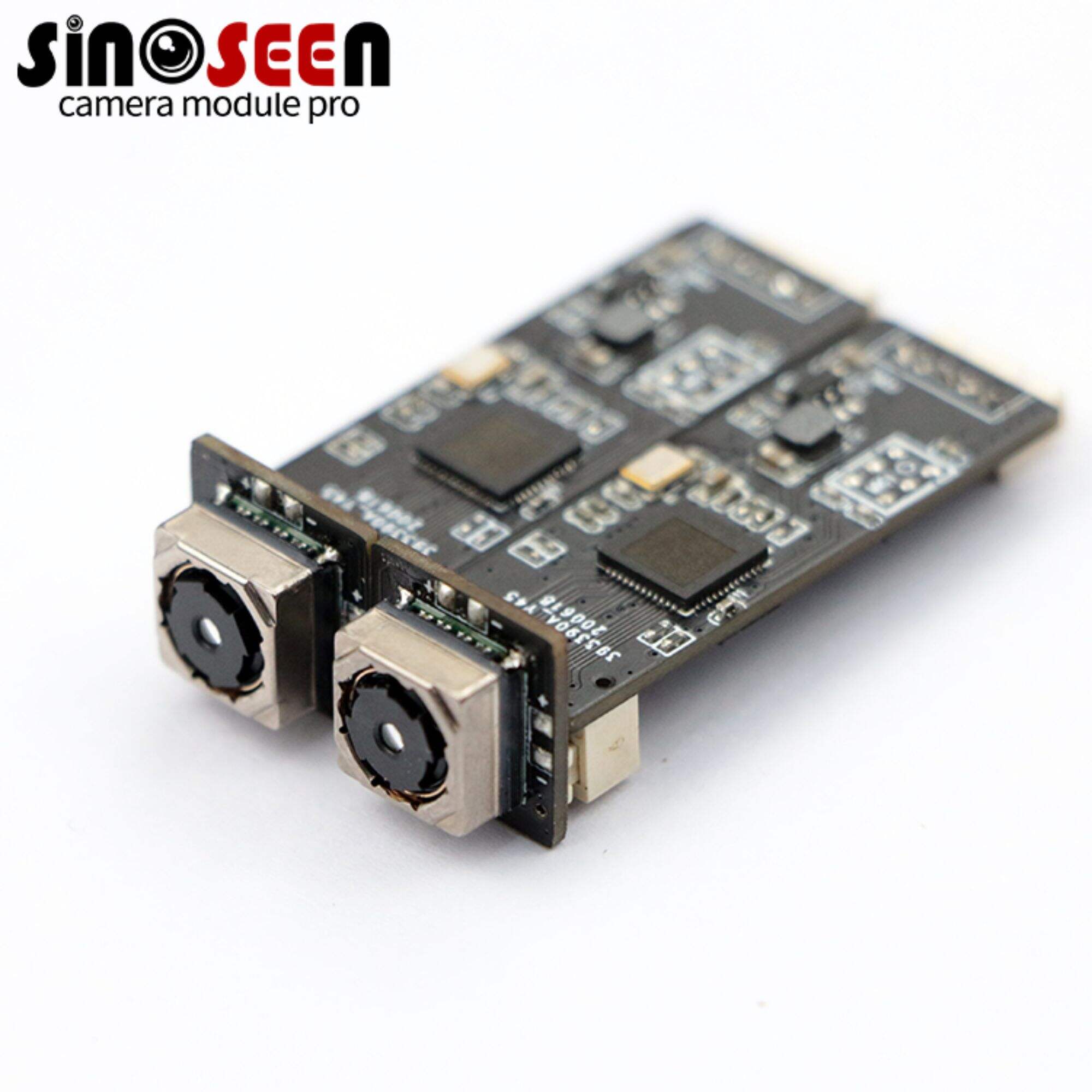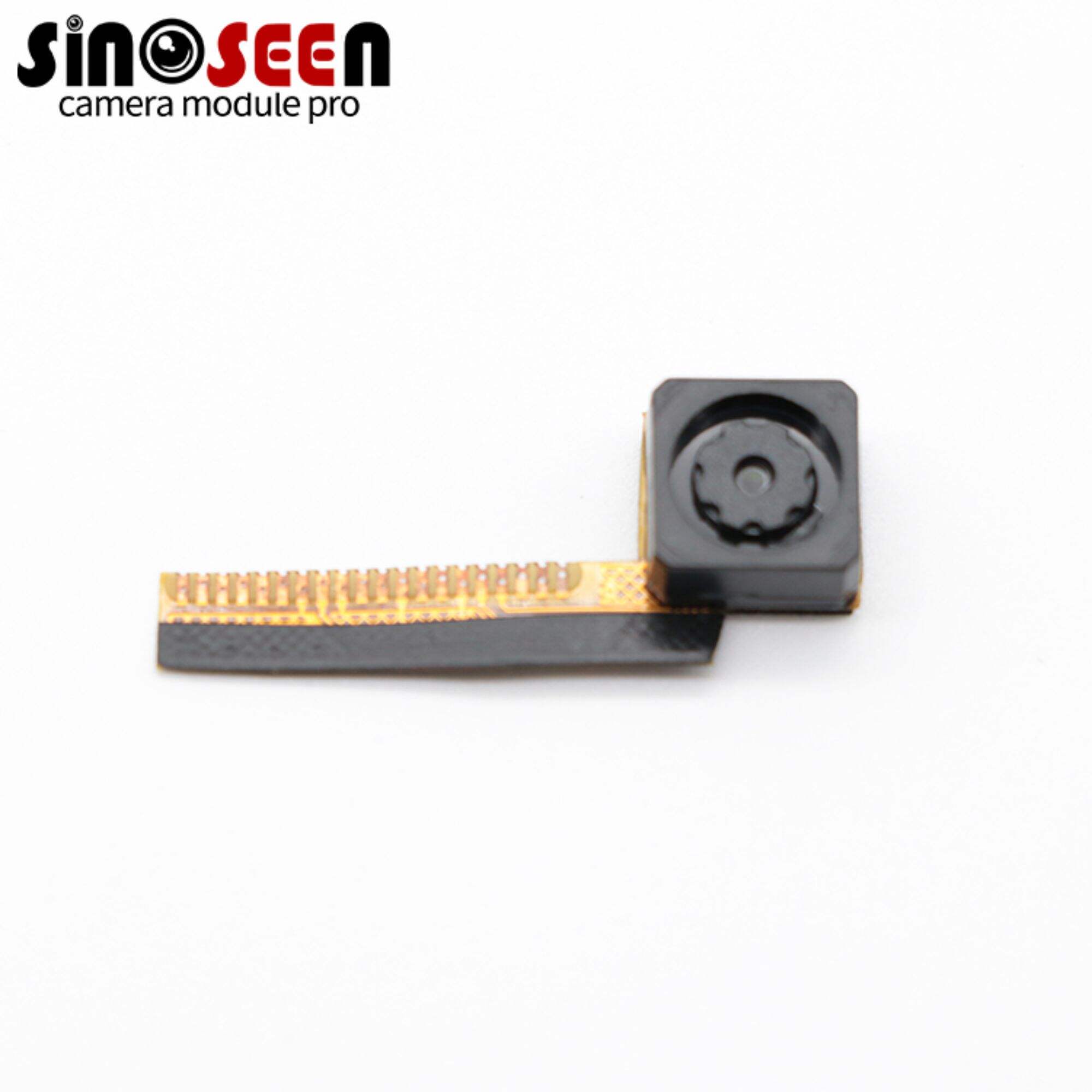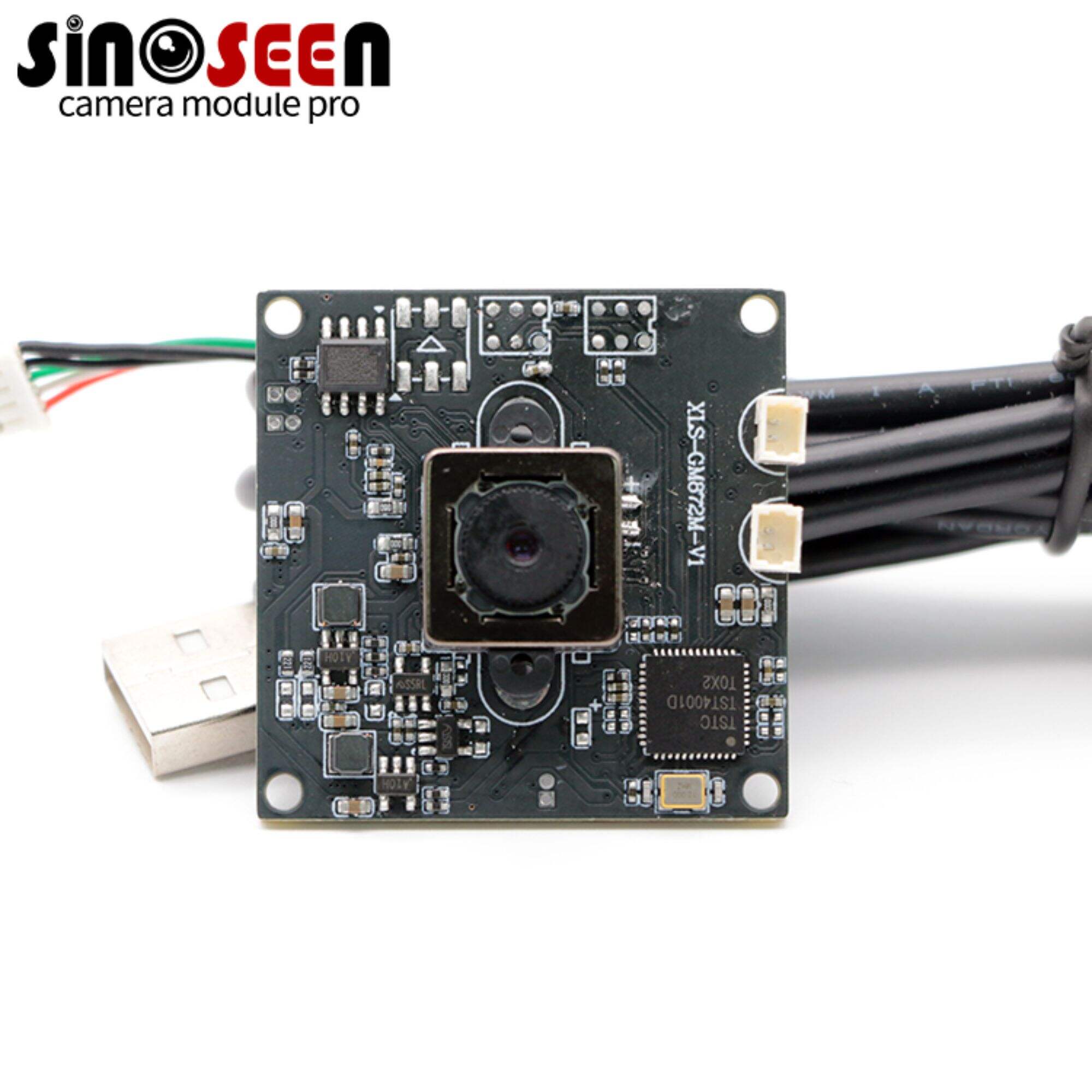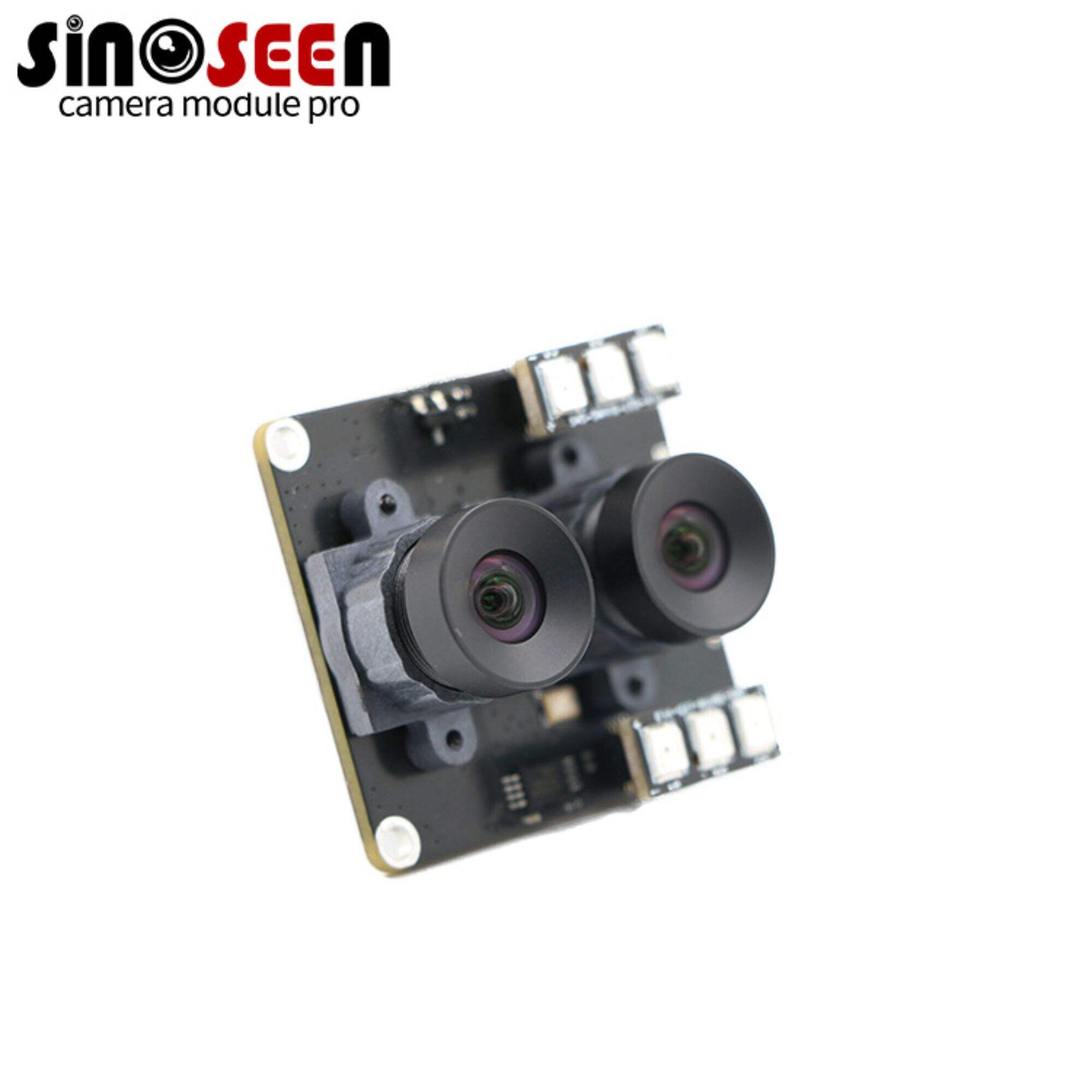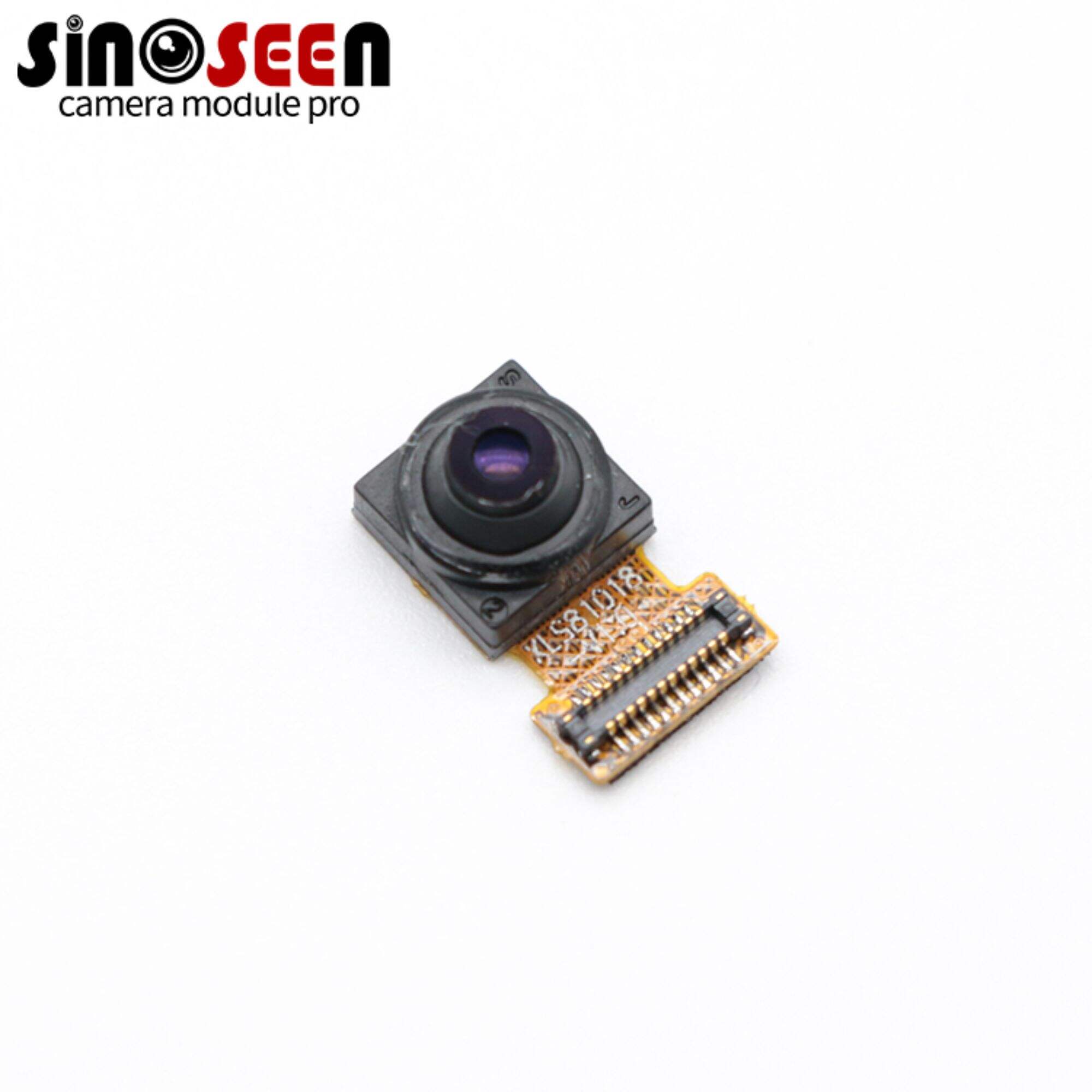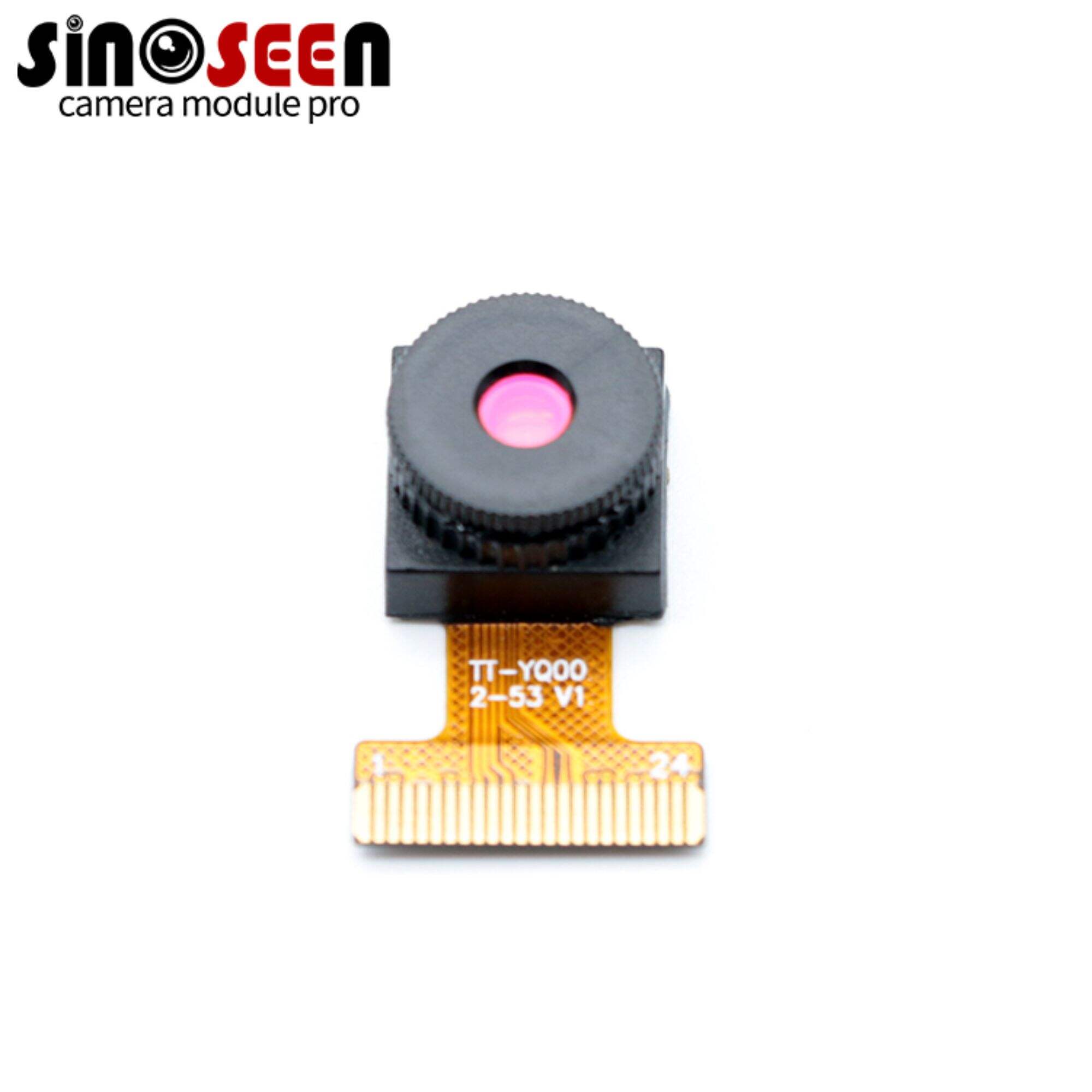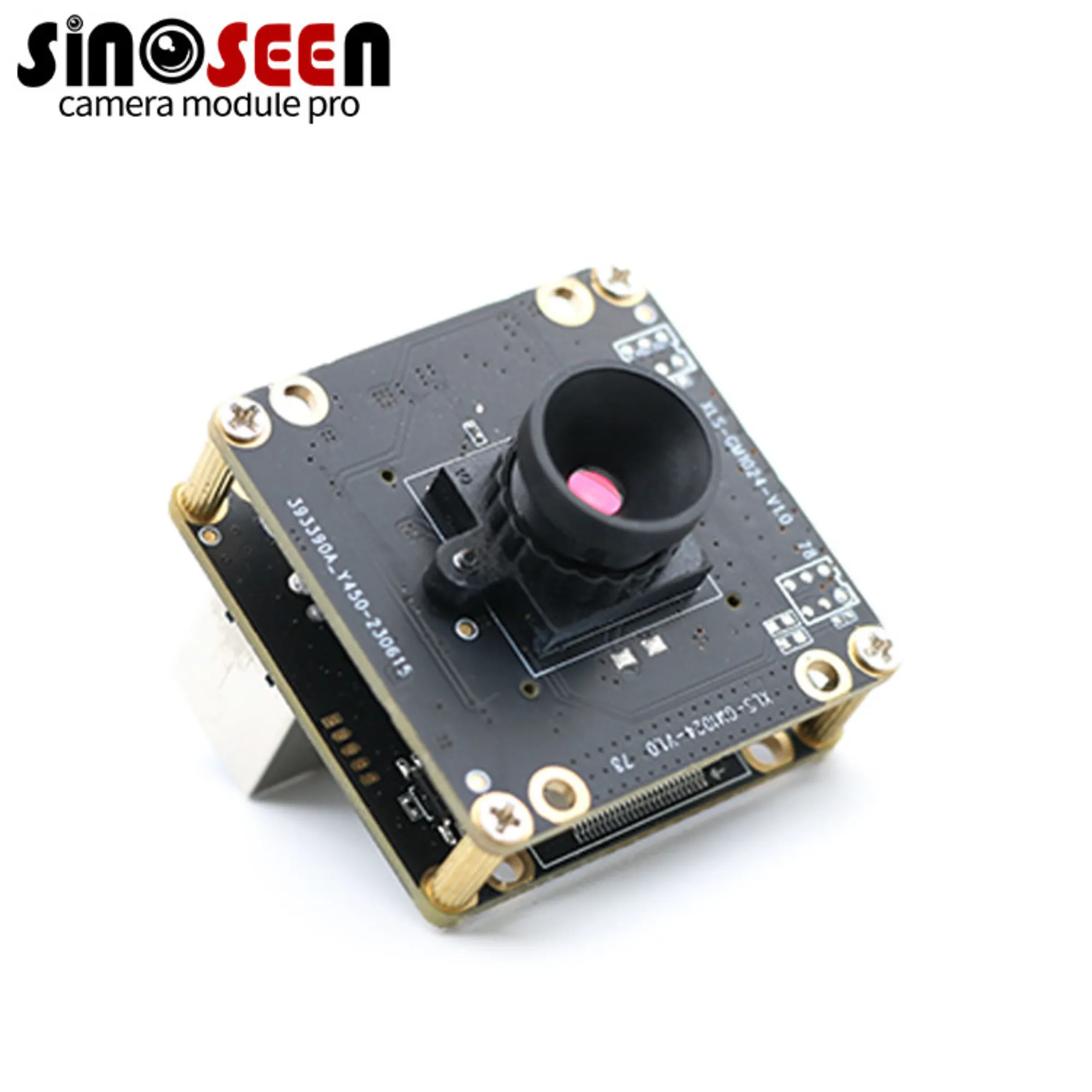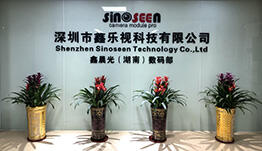What Are the Key Benefits of Using OEM Camera Modules in Consumer Electronics?
Customization and Integration Excellence
Tailored Specifications for Brand Differentiation
Customization of OEM camera modules is a strategic tool that enhances brand identity and marketability. Tailored specifications allow companies to stand out in competitive markets and meet unique consumer demands. For instance, customizing lens options for camera modules can significantly impact how products are perceived and utilized, aligning with brand-specific goals. Several companies have seen remarkable growth through such personalization. According to industry studies, brands that embrace customized camera modules, like those that adjust firmware for specific needs, report up to a 30% increase in market share due to enhanced customer satisfaction. This approach provides not just a technical edge but also builds lasting brand value.
Seamless Hardware Integration Across Device Types
Seamless hardware integration across diverse device types, including smartphones, tablets, and wearables, is crucial for modern technology products. OEM camera modules play a vital role in this integration by ensuring compatibility and enhancing user experience. For example, camera modules that support multiple video formats enable smooth operation across different platforms, thus improving user satisfaction. Research indicates that devices with well-integrated camera modules experience higher consumer approval ratings. A study showed that 40% of customers believe product compatibility is a decisive factor in their purchasing decisions. Such data underscore how robust integration efforts can drive market success and enhance the usability of consumer electronics.
Modular Architecture for Design Flexibility
Modular architecture in OEM camera module design offers significant advantages in terms of design flexibility and innovation. This approach allows for easy customization and quick upgrades, making it especially valuable for adapting to changing consumer needs. Big names in the industry, such as Sinoseen, have succeeded by leveraging modular designs to enhance their product lines. Industry experts advocate for modular designs, with standards focusing on adaptability and innovation potential. Modular architecture not only facilitates cost-effective manufacturing but also supports future scalability, providing a sustainable growth model for companies investing in OEM camera modules. As more brands adopt this design philosophy, they stand to improve their market positioning and responsiveness to user demands.
Cost-Effective Mass Production Solutions
Optimized Manufacturing for High Volumes
Optimized manufacturing processes play a crucial role in scaling production while maintaining quality. By implementing advanced technologies and lean manufacturing techniques, companies can achieve high-volume production without sacrificing the integrity of their OEM camera modules. According to industry reports, firms utilizing optimized production strategies have observed cost reductions of up to 15%. Furthermore, mass production strategies influence pricing, allowing companies to offer competitive rates, thereby enhancing market appeal and expanding their consumer base.
Bulk Material Sourcing Advantages
Bulk material sourcing contributes significantly to cost savings and improves reliability within the supply chain. By establishing long-term relationships with suppliers, companies can secure lower prices for materials, ensuring a continuous and reliable supply stream. Successful sourcing strategies often involve partnerships that bolster trust and mutual benefits. For instance, after transitioning to bulk sourcing, several industries reported a material cost reduction of over 20%. These savings directly affect the overall production costs, increasing profitability and market competitiveness for OEM camera modules.
Reduced Development Costs Through Standardization
Standardization in production processes is instrumental in reducing development costs and enhancing workflow efficiency. By adopting standardized practices, companies streamline operations, reducing complexity and time consumption. This approach has led firms to achieve substantial cost savings, as evidenced by numerous industry case studies. An expert in the field notes that standardization fosters a consistent environment, allowing swift adaptability to market changes and technological advancements. For OEM camera modules, this means staying ahead in innovation while keeping costs in check, ultimately benefiting manufacturers and consumers alike.
Uncompromised Quality and Performance
Rigorous Testing Protocols
Ensuring product reliability is crucial in the production of OEM camera modules, which is why rigorous testing protocols are implemented. These methodologies include environmental testing, which simulates harsh conditions to ensure durability, and performance testing to assess image quality and functionality under various settings. Independent laboratory results consistently verify the high standards of these testing protocols, reinforcing the quality assurance of the products. Adhering to industry standards, such as those set by the International Electrotechnical Commission (IEC), ensures that OEM camera modules meet necessary testing requirements, cementing their reliability in the market.
Compliance with International Standards
Meeting international quality and safety standards is mandatory for OEM camera modules aiming for global market acceptance. Compliance not only ensures product safety but also enhances consumer trust. Certifications like the ISO 9001 for quality management systems and CE marking for European market conformity are essential for OEM camera modules. Statistical data indicates that products with these certifications have a higher acceptance rate, as compared to non-compliant counterparts, underscoring the importance of adherence to international standards. This compliance signifies commitment to quality assurance and facilitates smoother entry into competitive markets worldwide.
Long-Term Reliability Assurance
Long-term reliability in consumer electronics is vital to maintaining customer satisfaction and reducing costs associated with product failures. OEM camera modules focus on quality assurance to ensure long-term performance, as demonstrated through case studies showcasing products that excelled due to rigorous reliability standards. For instance, modules that underwent extensive lifecycle testing exhibited lower failure rates and sustained performance over time. Experts in the field emphasize the future benefits of investing in reliability, as this not only boosts product credibility but also strengthens brand reputation, ensuring enduring success in the competitive electronics industry.
Enabling Advanced Consumer Features
Autofocus and Optical Image Stabilization
Autofocus and optical image stabilization are essential features that enhance the user experience in modern camera technologies. These advancements allow cameras to automatically adjust focus and stabilize images when capturing motion, resulting in clearer and more detailed photographs. Technological breakthroughs, particularly in OEM camera modules, have made these features more accessible to consumers. According to recent surveys, there is a significant increase in user satisfaction attributed to improved image clarity and stability, highlighting these features' importance in everyday photography.
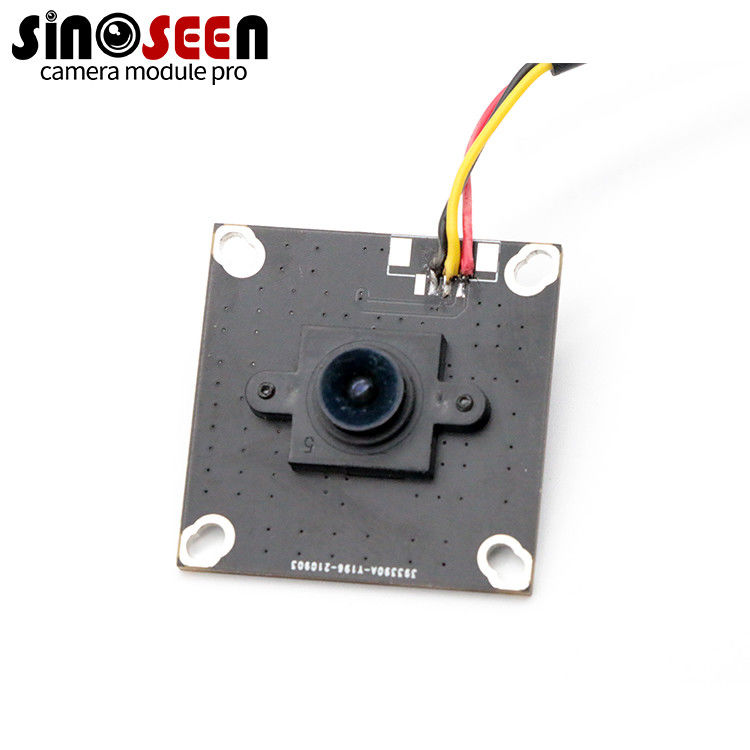
AI-Powered Face Recognition Technology
The incorporation of AI-powered face recognition technology has revolutionized consumer photography by offering more personalized and efficient imaging experiences. This technology uses advanced algorithms to identify and verify faces in images, automatically organizing photos based on the people in them. Such AI applications provide convenience, especially in mobile and security devices. Research indicates a notable growth trend in AI feature demand, with market projections showing a continuous rise in consumer preference for products equipped with face recognition capabilities. This underscores the influence of AI in shaping the future of imaging technologies.
Low-Light Performance Enhancements
Low-light performance enhancements in OEM camera modules have become increasingly significant for users who frequently capture images in challenging lighting conditions. These technical improvements, including the integration of specialized sensors and filters, allow for better image quality in dimly lit environments. Such enhancements cater to consumer needs, as more people seek cameras capable of producing clear images during dusk, dawn, or indoor settings. Recent statistics reveal a burgeoning demand for low-light photography solutions as users prioritize versatility and reliability in their camera choices, paving the way for more innovative developments in this area.
Strategic Partnership Benefits
Long-Term Technical Support and Supply
Long-term technical support and supply are essential components of strategic partnerships in the B2B sector. Technical support ensures that any issues that arise post-purchase are promptly resolved, maintaining seamless operations for businesses. Strategic partnerships offer stability, as companies that maintain strong alliances can leverage support to extend the product lifecycle, reducing downtime and enhancing efficiency. For example, sustained partnerships between camera module OEMs and their clients often result in smoother operations, ensuring that camera systems remain updated and functional over time. According to recent industry data, businesses that prioritize long-term partnerships witness a significant reduction in operational disruptions, underscoring the importance of continuous support.
Collaborative Innovation for Future Technologies
Collaborative innovation between manufacturers and suppliers is a driving force behind technological advancements. This synergy allows for the development of cutting-edge solutions tailored to emerging market needs. For instance, several groundbreaking camera modules have emerged from partnerships between OEMs and technology providers, highlighting the value of joint ventures. An expert in the field notes that collaborations foster an environment where diverse expertise converges to create unique technologies. As we advance toward more interconnected devices, the necessity for collaborative innovation continues to grow, ensuring that the tech industry remains at the forefront of innovation.
Custom Firmware Development Services
Custom firmware development plays a pivotal role in enhancing the usability and performance of OEM camera modules. By tailoring software to specific needs, businesses can unlock full potential from their technology investments. Many companies have reported notable success, like improved system efficiency and user satisfaction, by opting for customized firmware solutions. Case studies frequently showcase instances where bespoke firmware catalyzed operational enhancements. Furthermore, statistics reveal that post-customization, some firms have experienced up to a 40% improvement in performance metrics, underlining the profound impact of customized firmware on product functionality.
FAQs
What is the importance of customizing OEM camera modules?
Customization allows companies to stand out in competitive markets and meet specific consumer demands, enhancing brand identity and customer satisfaction.
How does seamless hardware integration benefit consumers?
It ensures compatibility across different device types, improving the overall user experience and satisfaction throughout various platforms.
Why is modular architecture significant in OEM camera module design?
It provides design flexibility and facilitates easy customization and upgrades, catering to changing consumer needs and enhancing market responsiveness.
What role does bulk material sourcing play in production?
It significantly reduces material costs and enhances supply chain reliability, ultimately impacting overall production costs positively.
How does compliance with international standards affect OEM camera modules?
Compliance ensures product safety, enhances consumer trust, and facilitates smoother entry into competitive global markets by meeting accepted quality benchmarks.

 EN
EN
 AR
AR
 DA
DA
 NL
NL
 FI
FI
 FR
FR
 DE
DE
 EL
EL
 HI
HI
 IT
IT
 JA
JA
 KO
KO
 NO
NO
 PL
PL
 PT
PT
 RO
RO
 RU
RU
 ES
ES
 SV
SV
 TL
TL
 IW
IW
 ID
ID
 SR
SR
 VI
VI
 HU
HU
 TH
TH
 TR
TR
 FA
FA
 MS
MS
 IS
IS
 AZ
AZ
 UR
UR
 BN
BN
 HA
HA
 LO
LO
 MR
MR
 MN
MN
 PA
PA
 MY
MY
 SD
SD

